Are you curious about yoga but unsure where to begin?
You’re in the right place.
Yoga for Beginners is for everybody. Whether you’re looking to reduce stress, improve flexibility, or feel better in your body, yoga is the perfect way to begin your wellness journey.
This guide breaks everything down in a simple, stress-free way, so you can feel confident starting your first yoga session today.
Yoga In A Nutshell?
One aim of Yoga is to bring us back to balance.
Yoga is not just stretching or twisting your body into poses; it’s a holistic practice that connects your mind, breath, and body
The word “yoga” means union, and that’s exactly what this practice helps you achieve: a deep sense of balance and connection.
There are many styles of yoga, but yoga for beginners typically focuses on gentle movements, deep breathing, and slow and basic postures that anyone can do regardless of flexibility or fitness level.
Want to learn more about what yoga is?
Take a Deep Look at What Yoga Is. A Simple Guide
Why Yoga Is the Perfect Starting Point?

Believe me, yoga doesn’t ask for perfection. The beauty of yoga for beginners is that it meets you exactly where you are.
Here’s why yoga is one of the best choices for beginners:
- It’s low-impact and gentle on joints.
- It can help to reduce stress & anxiety.
- You can practice yoga anywhere, anytime, even in your bedroom.
- To start yoga, no experience required.
Whether you’re recovering from fatigue, looking to ease lower back pain, yoga for beginners is your access to physical and emotional balance.
What do You Need to Get Started?

Trust me, you don’t need any fancy leggings or any expensive yoga mat to get started. One of the best parts of yoga for beginners is its purity. Here’s what you’ll need:
Must-Have Gears:
- A yoga mat or a non-slip surface
- Clothes that allow free movement
- A quiet space or a peaceful space
Optional things:
- Yoga block (or a firm book)
- Strap (or towel)
- Cushion or pillow
Create a comfort, distraction-free corner in your home and let it become your little wellness space.
6 Important Yoga Poses for Beginners
Keep in mind, every yoga journey starts with a few basic poses. These six are the heart of most yoga for beginner routines, and they’re easy to follow, even if you’ve never stepped on a mat before:
1. Mountain Pose (Tadasana)
The Tadasana promotes body posture, confidence, and balance.

2. Downward-Facing Dog (Adho Mukha Svanasana)
The most used yoga pose stretches the spine, calves, and shoulders.

3. Child’s Pose (Balasana)
This is a calming pose that smoothly relaxes your body.

4. Cat-Cow Stretch (Marjaryasana-Bitilasana)
Cat-Cow Warms up the spine and can relieve your lower back tension.

5. Seated Forward Bend (Paschimottanasana)
This is great for the hamstrings and calming the mind.
First, take a deep breath and start practicing these slowly. These poses are gentle & effective, perfect for any beginner yoga session.

5. Breathing Techniques (Pranayama)
Pranayama can help you to focus, smooth your nervous system, and improve mental clarity.

Best 10-Minute Daily Routine Yoga for Beginners
Many people think it can take you a lot of time, but believe me, you don’t need to commit to an hour-long session. A simple 10-minute yoga routine for beginners can boost your mood, reduce stiffness, and give you peace.
👉 Try This:
- Child’s Pose – Hold for 1-2 min.
- Cat-Cow Stretch – 8 Rounds (Inhale/Exhale).
- Downward-Facing Dog – Hold for 30 seconds x 2 reps.
- Seated Forward Bend – Hold for 30 seconds x 2 reps.
- Supine Twist – Hold for 30 seconds on each side.
- Savasana (The corpse pose) – Rest for 2-5 minutes.
Want to start your best? Try the 7-day yoga for beginners plan
Correct Breathing Techniques for you
In a yogi’s words, breathing (called pranayama) is an important part. As a beginner, learn to breathe deeply and rhythmically can help to calm your nervous system and improve focus.
Let’s try these beginner-friendly breathing techniques:
- Breathing from the belly: Breathe deeply into your belly, not your chest, hold and release slowly.
- Box Breathing: Inhale–hold–exhale–hold, each for 4 seconds.
- Alternate Nostril Breathing: Balances energy and soothes your mind.
Only 2–3 minutes of focused pranayama can help ground you before your practice.
Common Yoga Mistakes to Avoid

Start your smooth journey by avoiding these common mistakes ❌
- Don’t push too hard: Yoga is not about forcing yourself into poses. Make it slowly.
- Holding your breath: Keep your breathing process natural and steady.
- Skipping warm-up or rest: First, warm up your body, then start the session, and after the session, do Savasana (The corpse pose) because every pose matters.
- Comparing yourself: Do not compare yourself, because everybody’s type and capacity are different, and regular yoga practice can make you steady. Everyone’s journey is unique. Focus on you.
Remember: Yoga for beginners is not about being perfect, it’s about showing up.
7-Day Yoga for Beginners Plan
Ease into your practice with this simple weekly plan:
| Day | Focus | Time |
|---|---|---|
| 1 | Basic poses + breathing | 10 min |
| 2 | Balance and stretch | 15 min |
| 3 | Hip openers + back care | 10 min |
| 4 | Breathing + meditation | 10 min |
| 5 | Full-body flow | 15 min |
| 6 | Relaxation + deep stretch | 10 min |
| 7 | Restorative flow + Savasana | 20 min |
This plan is perfect for building consistency in your yoga for beginners journey.
Your Yoga Journey Begins Now

Starting yoga isn’t about being perfect; it’s about creating a calm space for your body, breath, and mind to connect. And that first step you just took? That’s everything.
I told you, you don’t need hours of free time or a flexible body. You just need the enthusiasm to show up. With yoga, you’re building a foundation of strength, calm, and self-care, one breath at a time.
Download the 7-day yoga for beginners plan
Frequently Asked Questions
Is yoga for beginners good for people who aren’t flexible?
Yes! Yoga will improve your flexibility over time.
Can I lose weight with beginner yoga?
Yes, especially if combined with regular practice and mindful eating.
How often should I practice yoga as a beginner?
Start with 3–4 sessions per week, even just 10 minutes a day.
Can I do yoga with joint pain or back issues?
Yes, but stick with gentle styles like Hatha or restorative yoga, and talk to your doctor first.
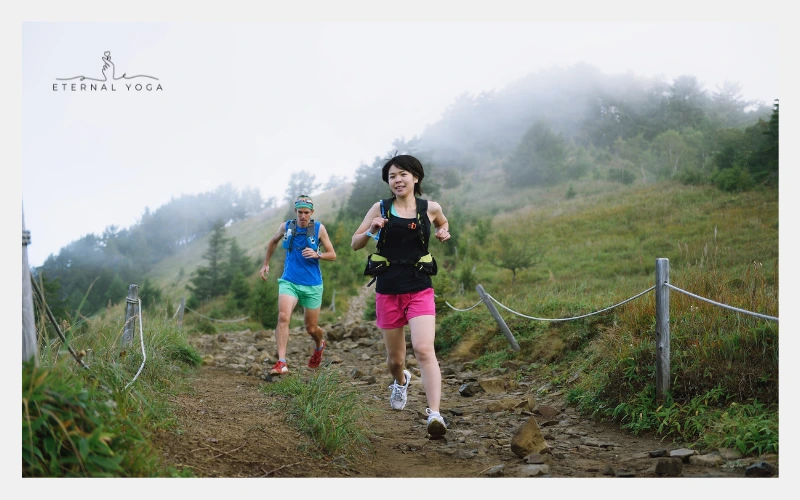
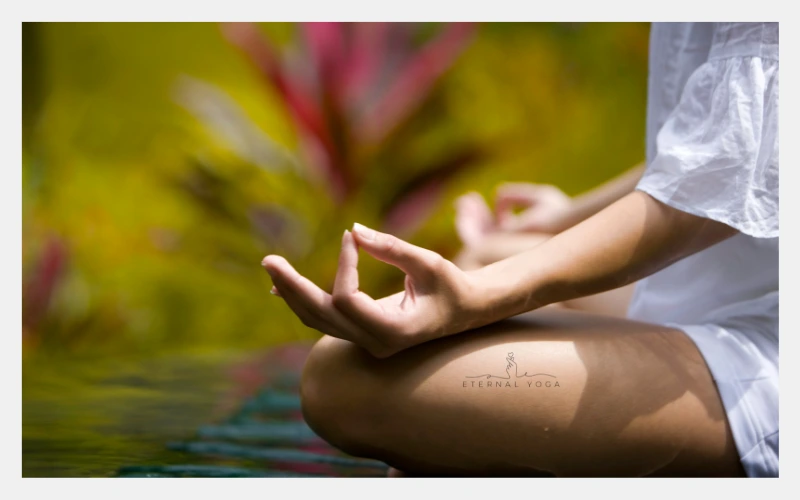
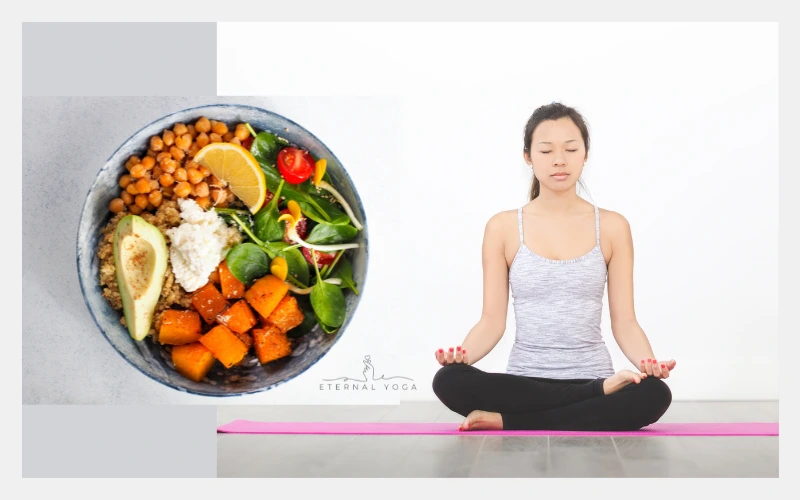
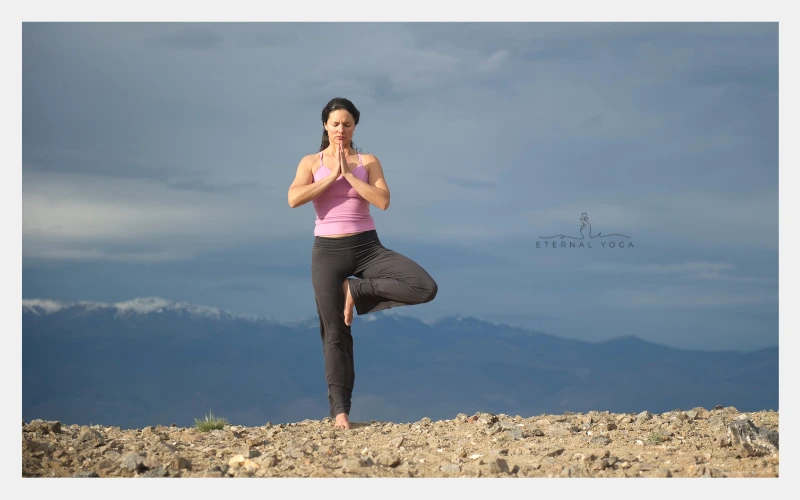

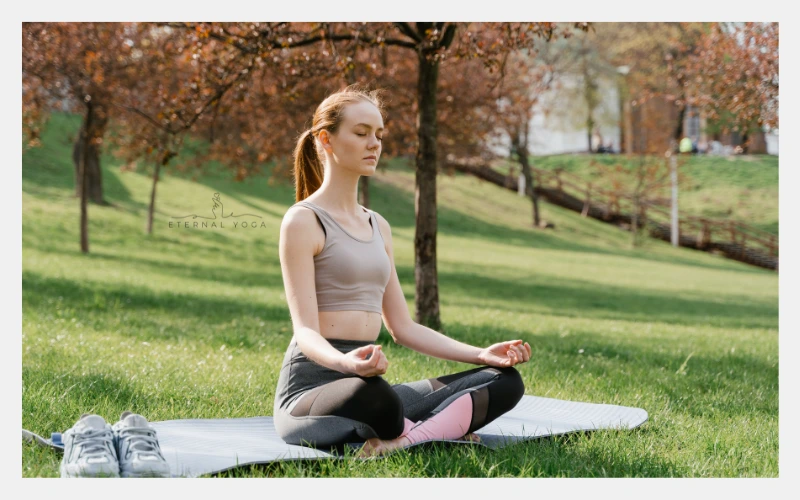
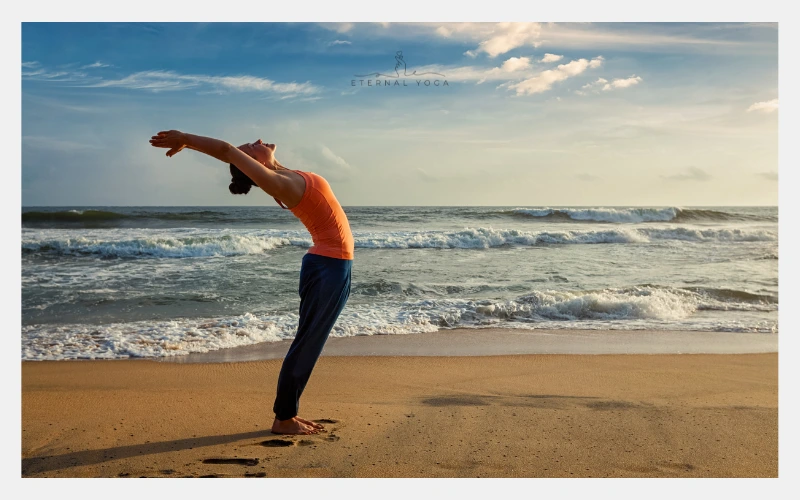
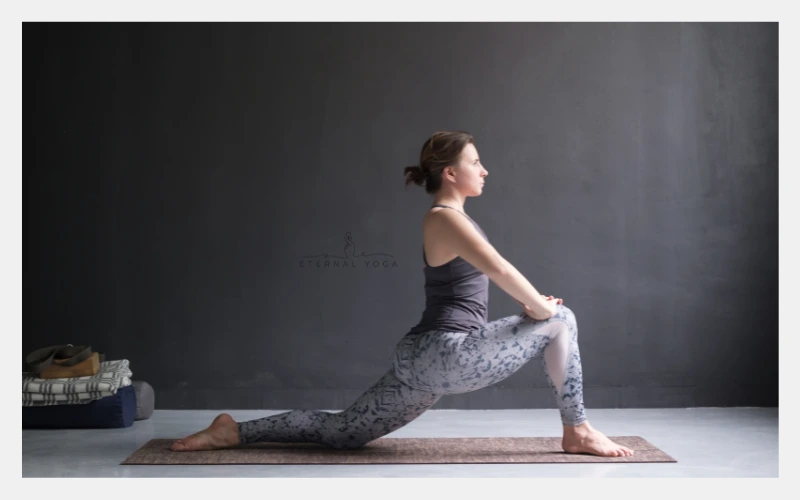
Comments are closed.